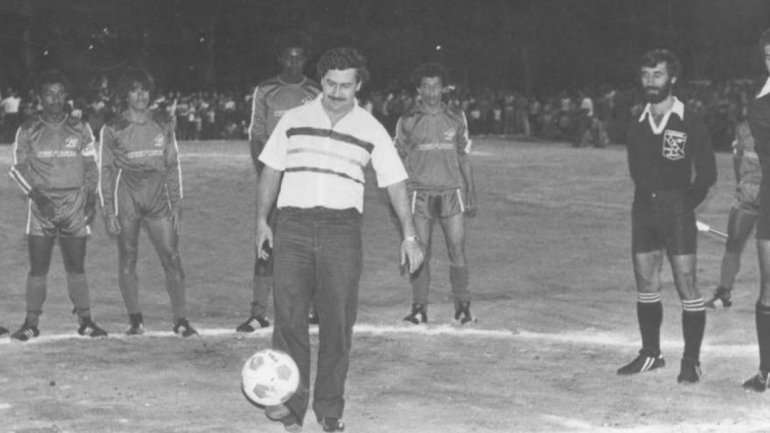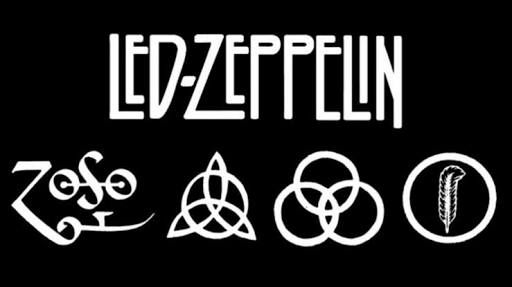Life of Pablo Escobar :la catedral & football
One of seven children born to a farmer and a schoolteacher, he had a far from deprived childhood, but his ruthlessness was evident early. While committing petty crimes with his brother, Roberto, he schemed about how they could make some real money.
Early involvement in a kidnapping – Pablo netted $100,000 from the ransom – showed that he had the stomach to do whatever was necessary. And in the mid-1970s, the brothers realised that smuggling was their best bet.
A simple eureka moment, in which Escobar recognised the growing popularity of cocaine and the relative ease of flying it into Florida, would lead to a fortune eventually estimated at $50bn. At his zenith, Escobar was supplying 80 per cent of America’s coke. His equally simple strategy for getting away with it – “silver or lead” – saw him bribe willing officials and murder those who couldn’t be bought.But Pablo had a problem: too much cash. With the government and the USA monitoring his activities, tons of notes were buried in the countryside. And while wads were splashed on cars, ranches and other indulgences, many attested to Escobar having a genuine social conscience, determined to use his wealth to help those in need. As he built houses and schools in impoverished communities, he won a reputation as a latter-day Robin Hood.
Pablo Emilio Escobar Gaviria has gained an immense popularity after Netflix made a popular series: NARCOS which with the bloodshed and his drug trade also portrayed his love for his family and people of Columbia. many columbians also belived that he would have became a better President, as he was more concerned about the people but as he was indulged in an illegal bussiness of drug trade he killed hundreds of people who created problems it is even belived that he killed his partners Fernando Galeano and Gerardo "Kiko" Moncada at La Catedral a lavish prison
The finished prison was often called "Hotel Escobar" or "Club Medellín", because of its amenities. La Catedral featured a football ground, giant doll house, bar, jacuzzi and waterfall. Escobar also had a telescope installed that allowed him to look down onto the city of Medellín to his daughter's residence while talking on the phone with her.
It has been reported that although the government was willing to turn a blind eye to Escobar continuing his drug smuggling the arrangement fell apart when it was reported Escobar had four of his lieutenants tortured and murdered within La Catedral. The Colombian government decided it had to move Escobar to a standard prison, an order Escobar refused. In July 1992, after serving one year and one month, Escobar again went on the run. With the Colombian national army surrounding La Catedral's facility, it is said Escobar simply walked out the back gate. The ensuing manhunt employed a 600-man unit force, specially trained by the United States Delta Force named Search Bloc and led by Colonel Hugo Martinez.

on the other hand Pablo was always a keen football player. Right-footed, he liked to operate on the left wing and cut inside. He wasn’t an athlete, but he loved to mix with genuine contenders. His pitch projects led to an early friendship with many players who went on to become professionals. “There were tournaments in the slums,” recalls Chonto Herrera, who later turned out 61 times for Colombia. “Whole communities forgot their worries. I was very poor, but on the field we were important, and lived in a perfect world.”
Alexis Garcia, Chicho Serna, Rene Higuita and Pacho Maturana were among the future internationals who developed on Pablo’s pitches, and often watched in admiration as he opened them, making speeches as if he was a benevolent mayor. “Everyone talked about who donated the field, and he was criticised for being a drug lord,” says Leonel Alvarez, who won 101 Cafeteros caps. “But we just felt lucky to be given pitches.”
Football also provided a darker benefit for Pablo. His brother Roberto – AKA The Accountant – wanted to legitimise their loot. A club was perfect. With turnstiles taking cash, they could easily declare far higher earnings than were made, often by a million dollars or more, and immediately ‘clean’ the drug money. A similar trick could be turned with player transfers. The sport was a laundering heaven.
It was also a chance for Escobar to play God at his hometown clubs. Just as he was starting his empire in 1973, Medellin’s Atletico Nacional were winning Colombia’s top flight for only the second time in their history. By the ’80s, with millions rolling in, it was decided: Pablo would fund the team further, and turn them into one of the best sides in South America.
He wasn’t brazen – or dumb – enough to appoint himself director or owner, but his involvement became an open secret. “The introduction of drug money into soccer allowed us to bring in great foreign players,” says Maturana, Nacional manager from 1987 to 1990, in The Two Escobars. “It also kept our best players from leaving. Our level of play took off. People saw our situation and said Pablo was involved. But they couldn’t prove it.”
Escobar also invested in Nacional’s city rivals, Deportivo Independiente Medellin (DIM), and was regularly in the stands for games at their shared Estadio Atanasio Girardot. The budget bonanzas were mirrored elsewhere, too, as fellow drug lords saw the value. Pablo’s associate Jose Gacha (‘El Mexicano’) ploughed funds into the Bogota-based Millonarios, while Escobar’s rival Miguel Rodriguez Orejuela, head of the Cali cartel, bankrolled America de Cali. ‘Narco-football’ had arrived. |
| Poster used nowadays for football promotion in Colombia |






Comments
Post a Comment